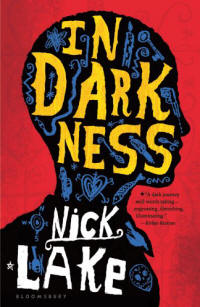1. BIBLIOGRAPHY
Austen, Jane. 2011. Sense and Sensibility. Adapted by Nancy Butler and Lonny Liew. New York: Marvel. ISBN 978-0785148203
Austen, Jane. 2011. Sense and Sensibility. Adapted by Nancy Butler and Lonny Liew. New York: Marvel. ISBN 978-0785148203
2. PLOT SUMMARY
A graphic novel representation of Jane Austen's classic Sense and Sensibility. This is the story of two sisters on opposite ends of the spectrum when it comes to emotions and intellectual views. Elinor and Marianne along with their mother and younger sister must make their way in the world after the death of their beloved father totally dependent on the grace of others. This visual representation of the original novel provides those who are unfamiliar with Austen's work a starting point from which to explore the family relationships for which she is known.
3. CRITICAL ANALYSIS
Butler and Liew's version of Sense and Sensibility is a shortened and watered down version of the original which still somehow manages to retain the heart of the story. Whereas the original work was conveyed largely through letters, Butler and Liew had to alter this aspect due to the nature of graphic novels. Therefore, extensive changes had to be made by way of dialogue inclusion.
The story contains all of the major events from the original work. Readers unfamiliar with Austen will be able to easily follow the characters and events which are clearly laid out in an easily readable format. Speech and though bubbles are used throughout as are text boxes to note major changes in locations and events. Also, the adaptors did not lose the essence of political commentary which Austen included in her work. The lack of rights for women and their dependence on the mercy of men in their lives is clearly defined without the lead female characters appearing overly weak.
The artwork by Liew is done in a Victorian pallet which is complementary to the setting of the work. However, readers who judge a book by it's cover will be disappointed in the harsh lines used throughout the work. The cover art suggests more of a soft watercolor effect for the work.
4. AWARDS and INFORMATION
This graphic novel has not won any awards. However, Nancy Butler has also adapted Pride and Prejudice, Emma, and Northanger Abbey for Marvel.








